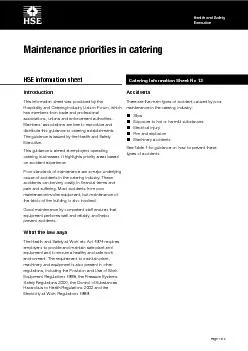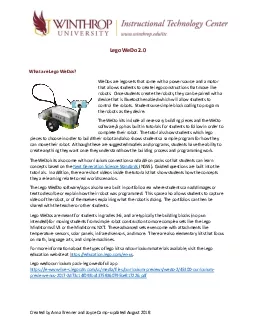PDF-Updated 11212011Fact Sheet
Author : barbara | Published Date : 2022-08-19
formerly the Center for Biosecurity of UPMC Epidemic Typhus Image of lice Source CDC Public Image Library ID 9219 Fact Sheet Rickettsia prowazekii Epidemic Typhus As
Presentation Embed Code
Download Presentation
Download Presentation The PPT/PDF document "Updated 11212011Fact Sheet" is the property of its rightful owner. Permission is granted to download and print the materials on this website for personal, non-commercial use only, and to display it on your personal computer provided you do not modify the materials and that you retain all copyright notices contained in the materials. By downloading content from our website, you accept the terms of this agreement.
Updated 11212011Fact Sheet: Transcript
Download Rules Of Document
"Updated 11212011Fact Sheet"The content belongs to its owner. You may download and print it for personal use, without modification, and keep all copyright notices. By downloading, you agree to these terms.
Related Documents














